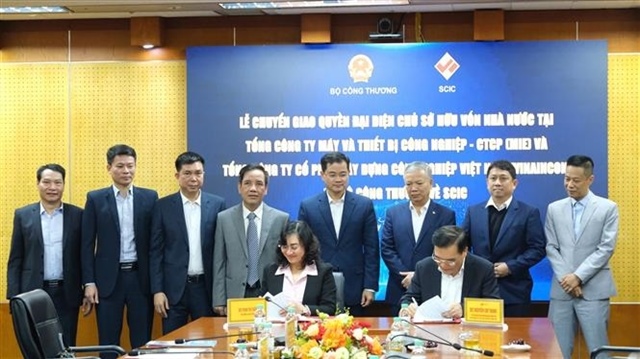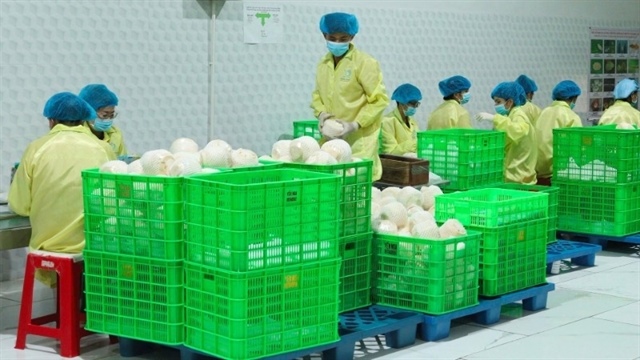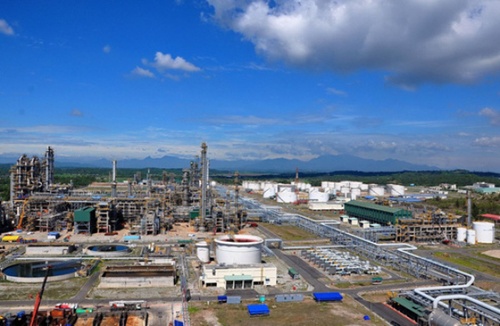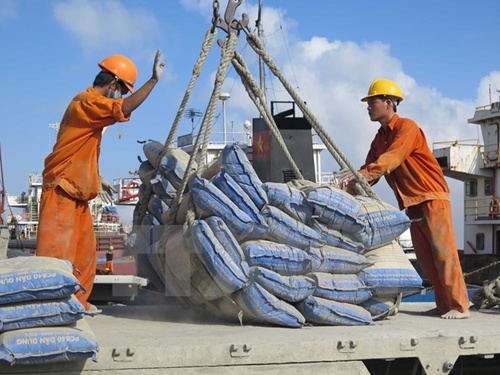High tariffs deliver a blow to wind energy
High tariffs deliver a blow to wind energy
Foreign investors have shown a large appetite for wind power projects in Vietnam. However, in order to spur investment in the sector, there must be a more attractive tariff regime. Peter Cattelaens, project manager for GIZ/MoIT Up-Scaling of Wind Power in Vietnam, told VIR’s Thanh Van about his insight into the market and updates on the new feed-in-tariff (FiT).
Can you update us on the progress in redesigning the FiT support scheme?
The German Agency for International Co-operation (GIZ) now supports the Ministry of Industry and Trade (MoIT) to further improve the framework conditions. Last year, a proposed increase in the wind power price from 7.8 to 10.4 UScents per kilowatt hour failed to be approved by the government. The MoIT has requested the GIZ to study whether the current FiT is attractive to investors and which FiT would be more reasonable.
In the scope of the energy support programme, GIZ is currently assessing two large existing wind farms in the Mekong Delta province of Bac Lieu and the south-central province of Binh Thuan, as well as the coming plant in Phu Lac, to establish the real costs of electricity production. This is an extensive assessment of all investment contracts and data, operational and maintenance contracts, as well as the tax situation of the respective company.
Once finalised, the MoIT will have a tool in hand with which it can make a new proposal to the office of the government. Early indications show that the costs are notably higher than the current FiT, an indication that this tariff is not sufficient for investors.
What can the Vietnamese government do to kick-start the wind energy market?
If the government wants to produce cleaner electricity and alleviate the environmental strains that Vietnam is already facing, it should raise the current FiT and help to develop the market at the early stages. Rather than wondering which tariff is more attractive, it is important for the government to make a decision on an increased tariff and then issue a maximum cap of 1,000 megawattts. As we approach the target in a few years time, the government could reassess the tariff at that stage and lower it by 1 or 2 UScents per kWh. By that time, with the improved infrastructure in the wind power sector, we can adjust the learning curve appropriately.
Establishing any new market, whether wind power or any other industry, initially incurs high costs, which fall over time. In the medium-term, wind power can be the cheapest and cleanest source of electricity production in Vietnam. However, this is only possible after the first few hundred megawatts have been produced, which first requires the revision of the tariff.
In your opinion, when investing in Vietnam, what obstacles do wind energy developers have to overcome?
There are plenty of very capable and willing foreign investors from Korea, Europe, the US and elsewhere, that would like to contribute to Vietnam’s wind energy market. At the same time, a number of local equity investors and commercial banks have expressed interest in financing wind power. However, the investors face many challenges due to a number of regulatory and market barriers.
Besides low FiT, one problem is the absence of a state guarantee. Vietnam’s Ministry of Finance currently cannot guarantee that if Electricity of Vietnam(EVN) does not purchase electricity, payment to the project will still be made. This problem will increase the price and the risk for wind farm operators.
Another issue is that at all stages of the project, investors need to obtain licences. This includes the developers, on the basic design and construction of the project. The development of wind power projects in Vietnam and the related approval process is complex and lacks clarity.
In addition, financial institutions in Vietnam have limited experience in wind power financing, so the options available on the Vietnamese market to finance these projects are limited.
GIZ will soon release investment guidelines to help investors, as well as provincial and national authorities, gain clarity on the process of ‘how to license, authorise, develop, and invest in a wind farm in Vietnam.




















